#Getty Museum Collection
Text
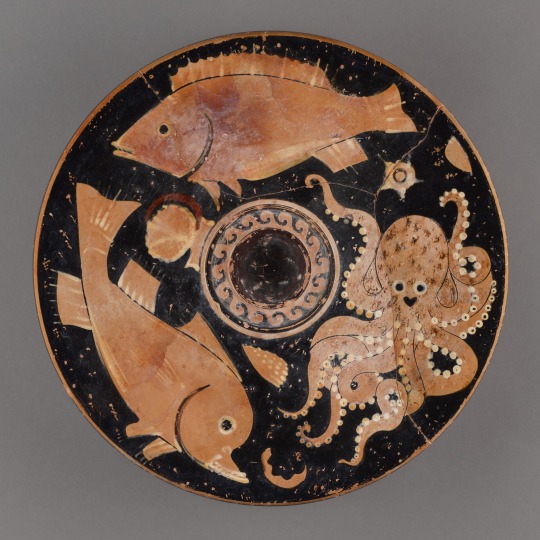

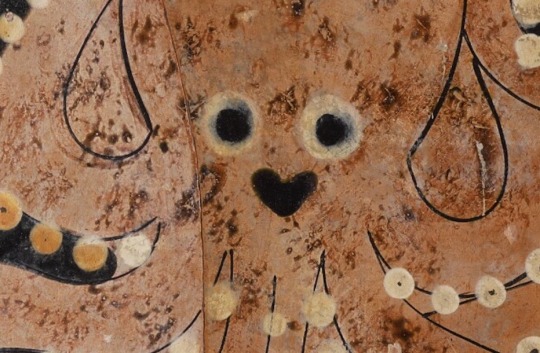
I have died and am dead.
#tagamemnon#fischteller#ancient fish plates#octopus#just. it’s just.#you could stick some googly eyes on there and IT WOULD MAKE NO DIFFERENCE#every nee octopus I see is my favourite.#they are all my favourites.#Getty Museum Collection#attributed to the Binningen painter#third quarter of 4th century BCE
5K notes
·
View notes
Text
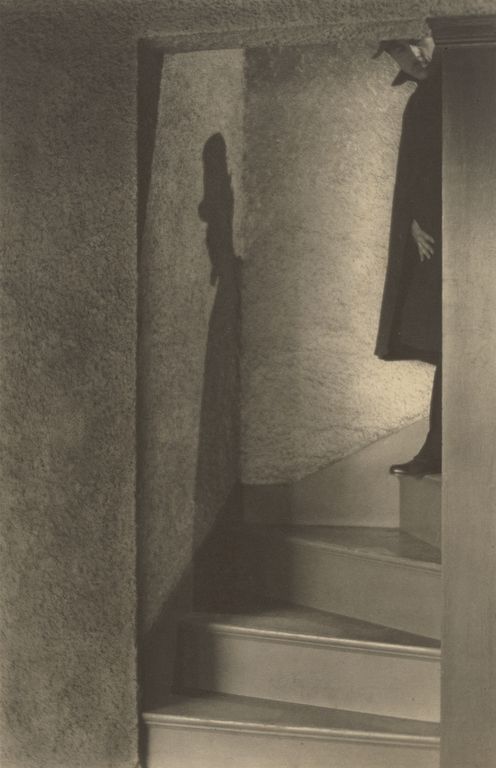
Edward Weston, Margrethe Mather (American, 1885 - 1952), 1921
46 notes
·
View notes
Text



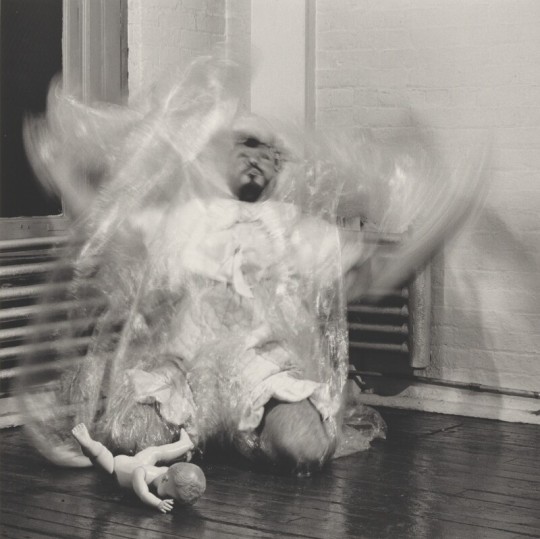
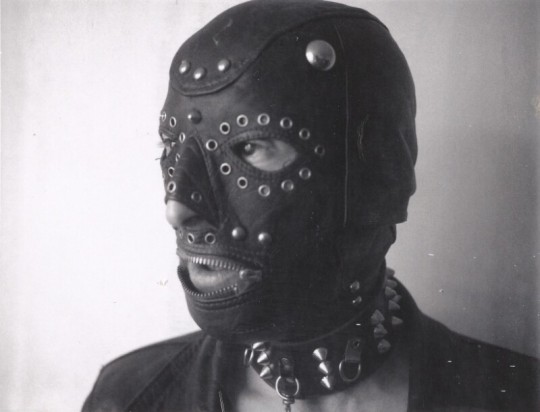



Alan Lynes, 1979, Robert Mapplethorpe
Self-Portrait, 1980, Robert Mapplethorpe
Self-Portrait, N.Y.C., 1978 Robert Mapplethorpe
Baby Larry, 1978, Robert Mapplethorpe
Untitled (Tony, London), 1972, Robert Mapplethorpe
Stedman, 1983, Robert Mapplethorpe
Untitled (David Croland), 1973, Robert Mapplethorpe
Lisa Lyon, 1982, Robert Mapplethorpe
#robert mapplethorpe#queer art#nyc art#getty museum#photography#gay artist#gay photography#homoerotic art#art collection
38 notes
·
View notes
Text
I think we should emulate medieval/early modern historical scene artwork and start drawing like Roman legionaries in Kevlar or King Louis XIV in a 3 piece suit. Peasants in tshirts and jeans
#text#misc#perso#looking thru the getty museum collection and there’s so much art of like ancient figures dressed in what would’ve been contemporary dress#for the artists#not that I’m trying to hashtag own these dudes who’ve been dead for approaching a millennium#I just think it’s really interesting
21 notes
·
View notes
Text
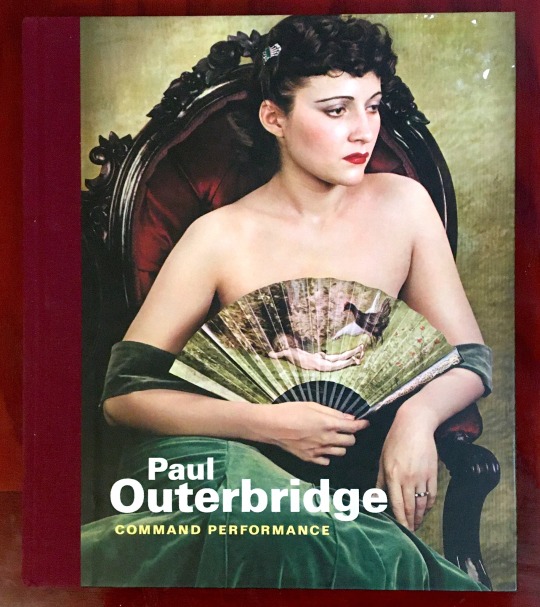
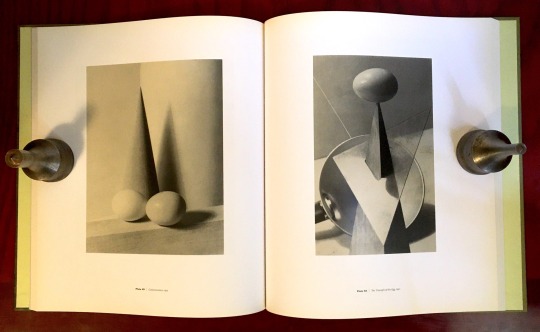


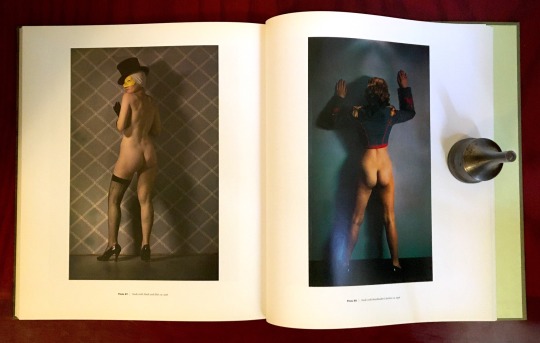
Book 381
Paul Outerbridge: Command Performance
Paul Martineau
J. Paul Getty Museum 2009
The first Paul Outerbridge (1896-1958) photo I ever saw is called The Triumph of the Egg (1932–shown above). I saw it in a textbook when I was studying photography in college, and it intrigued me. So much so that when I was assigned to recreate a famous photo, that was the photo I chose. Outerbridge, primarily a fashion and commercial photographer, was an early pioneer of the complex tri-color carbro photo process as well as an early proponent of applying modernist aesthetics to commercial photography. Having mastered the carbro process in the mid-1930s, he turned his attention to female nudes, seeing new possibilities with color photography. His nudes, which include early examples of fetish photography, would embroil him in scandal and eventually led to Outerbridge retiring from commercial photography and relocating from NY to California in 1943.
#bookshelf#illustrated book#library#personal library#personal collection#books#book lover#bibliophile#booklr#paul outerbridge#command performance#Paul martineau#j paul getty museum#photography#Art
4 notes
·
View notes
Text
They’ve released not just digitized works of art, but also a great many art history texts and art books in general. Just this week, they announced an expansion of access to their digital archive, in that they’ve made nearly 88,000 images free to download on their Open Content database under Creative Commons Zero (CC0). That means “you can copy, modify, distribute and perform the work, even for commercial purposes, all without asking permission.”
88,000 new free images just dropped, to use however you like.
2K notes
·
View notes
Text

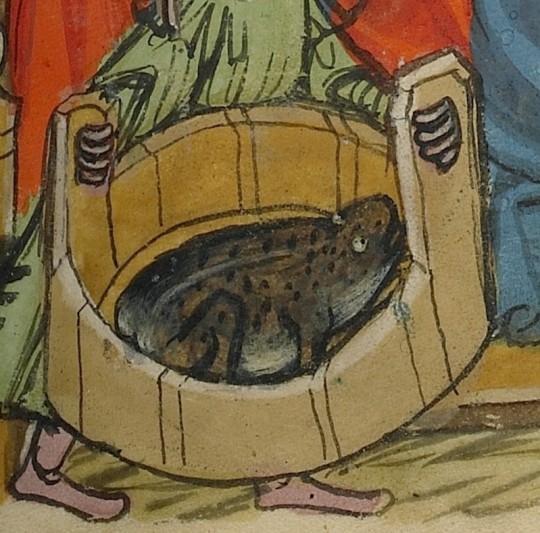
nero giving birth to a toad
illustration from a copy of the "weltchronik" ("chronicle of the world") by rudolf von ems, bavaria, c. 1400-1410
source: Getty Museum Collection, Ms. 33 (88.MP.70), fol. 226r
2K notes
·
View notes
Text
The Getty Center
The Getty Center, also known as the J. Paul Getty Museum, is a world-renowned museum located in Los Angeles, California. The museum is home to a vast collection of art, manuscripts, photographs, and other cultural artifacts from around the world.
The Getty Center was founded by oil tycoon J. Paul Getty, who was a passionate collector of art and antiques. He opened the museum in 1954, and it…
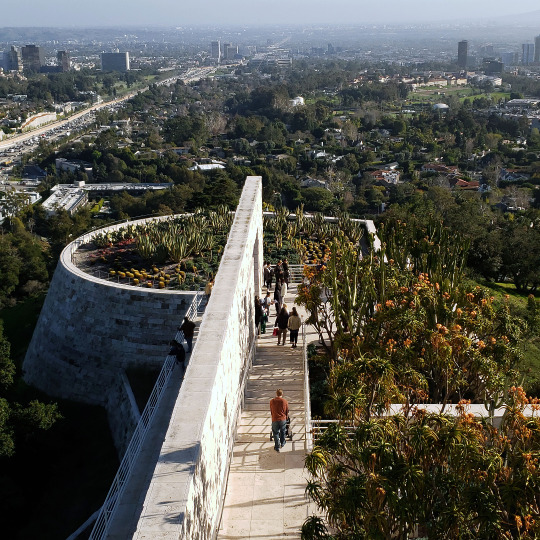
View On WordPress
#architecture#art#art collection#art museum#attraction#California#Central Garden#cultural artifacts#culture#Edgar Degas#exhibitions#famous artists#flowers#Gardens#Getty Museum#J. Paul Getty Museum#Los Angeles#manuscripts#modernist architecture#oil tycoon#outdoor sculptures#outdoor spaces#photographs#plants#Rembrandt#Richard Meier#TshirtLA20#Vincent van Gogh#visitors#white travertine marble
0 notes
Note
Some insight into the designs and fashion of the 20s would be so cool, especially since it's kinda hard these days to sift through just costume listing :'0
Yeah, sadly, the usefulness of a Google search is greatly diminished these days. You can still find articles written by actual human beings and genuine historical garments, but you have to wade through a lot of junky costumes and AI bullshit to get there.
I can't possibly fully explain 1920s fashion here, though. It's a broad enough topic to write a sizable book about...which is why people have written many books about it. Check out some books. There are things you can get pretty cheap from resellers, everything from academic screeds about the politics behind the fashion trends of the time, to clothing catalogue compilations from the 20s, to giant coffee table books full of glorious photos.
Here's a PDF version of one of those clothing catalog collections. There's an entire preface about 1920s fashion in general too.
There are some pretty well made blogs about the topic out there as well. Vintage Dancer is one of them. The front of the site is unfortunately kind of cluttered with ads for costume apparel and modern clothing inspired by the 20s, but scroll past that to the historical bits and you'll find pertinent things.
There are some great fashion YouTubers too, like Karolina Zebrowska. Although she's not focused heavily on 1920s fashion, she talks a lot about early 20th century fashion in general. She also talks a lot about the historical context of those fashions.
Also, try online museum displays. The Met Museum has a searchable collection, for instance. Look up 1920s fashion, 1920s dresses, 1920s suits, etc.
Cameras were popular and accessible in the 1920s. Look at pictures of what people actually wore. You can find these images in free government photo archives, or licensing libraries like Getty Images (you don't have to license anything to look at it). And there's always Shorpy. Poor old, underappreciated Shorpy. Their archive is searchable.
1K notes
·
View notes
Text
Where I find images to make into PNGs
Museum / collection websites
Rijksmuseum • Metropolitan Museum of Art • National Gallery of Art • The Walters Art Museum • Europeana • Public Domain Review • The British Library • Victoria & Albert Museum • Wellcome Collection • Risd Museum • Phoenix Ancient Art • Staatliche Kunstsammlungen Dresden • Georgian National Museum • Internet Archive • Getty Images • Louvre • Statens Historiska Muséer • Museum of Applied Arts • Royal Collection Trust • The Walters Art Museum • Science Museum Group • Kunst Historiches Museum Wien • The David Collection • MAK collection
+ pretty much any museum site with a virtual collection
Auction websites
1stDibs • Sothebys • Ruby Lane • Live Auctioneers • Christie’s • Timeline Auctions • Heritage Auctions • Auctionet • Hindman Auctions
Various
My pinterest • Worthpoint • Etsy • Shoplook • Wikimedia Commons • Replacements
Google reverse image search > “find image source” > “visually similar images”
Other PNG blogs
goobersplat • gooberscollage • vile-things • encyclopaedia-ornithonesiae • oceantoyz • transparensies • png-magician • whizpurr • adjpngs • transpareats • transparentstickers • transparenzz • pngtrash • fruit-prince • honeyrolls • bleedingthroughteeth • png-heaven
-
(I will be updating this list! If you have suggestions or would like to add or remove your blog from the list, message me)
#there are many more but this is a few of them#i've gotten so many asks about this so i thought a list might be fun#feel free to follow me on pinterest i just started using it more#link to it is under various#hope it helps#faq#png#pngs#moodboard#artboard#transparent#stickers#polyvore#shoplook#imageboard#collage
2K notes
·
View notes
Text

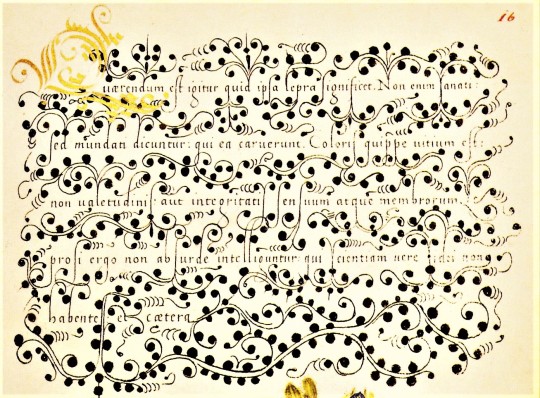

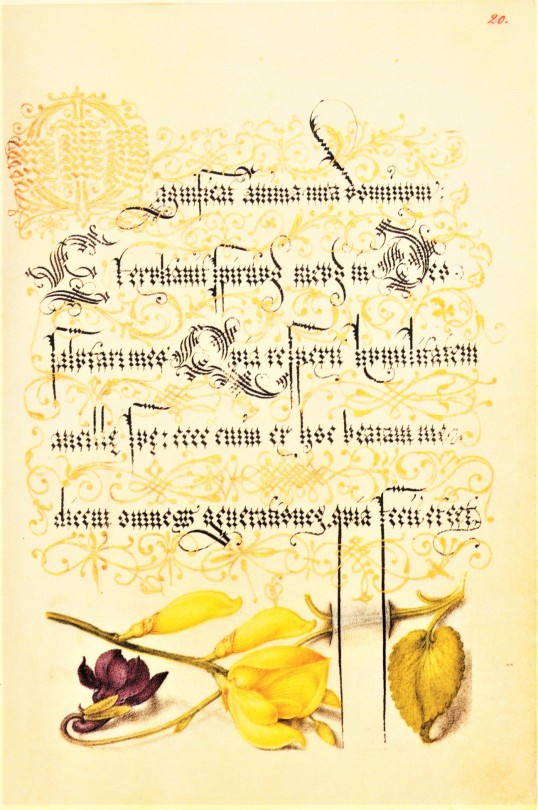









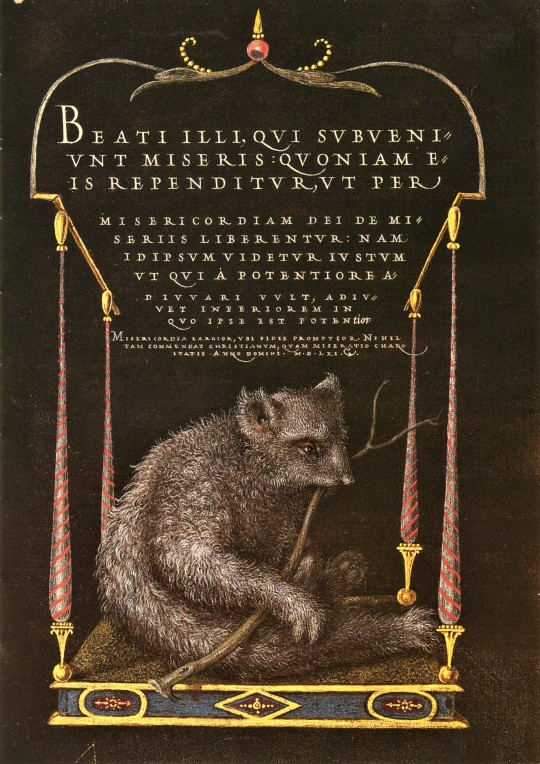
Typography Tuesday
We return to our facsimile of a 16th-cnetury calligraphic manuscript, Mira Calligraphiae Monumenta, or Model Book of Calligraphy, written in 1561/62 by Georg Bocskay, the Croatian-born court secretary to the Holy Roman Emperor Ferdinand I, and illuminated 30 years later by Flemish painter Joris Hoefnagel for the grandson of Ferdinand I, Emperor Rudolph II. The manuscript was produced by Bocskay in Vienna to demonstrate his technical mastery of the immense range of writing styles known to him. To complement and augment Bocskay's calligraphy, Hoefnagel added fruit, flowers, and insects to nearly every page, composing them so as to enhance the unity and balance of the page’s design. Although the two never met, the manuscript has an uncanny quality of collaboration about it.
Our facsimile was the first facsimile produced from the collection at the J. Paul Getty Museum in Los Angeles. It was printed in Lausanne, Switzerland by Imprimeries Reunies and published by Christopher Hudson in 1992.
View another post from Mira Calligraphiae Monumenta,
View more Typography Tuesday posts.
#Typography Tuesday#typetuesday#Mira Calligraphiae Monumenta#or Model Book of Calligraphy#Georg Bocskay#Joris Hoefnagel#illuminated manuscripts#manuscripts#manuscript facsimiles#facsimiles#calligraphy#letter forms#letters#J. Paul Getty Museum#Imprimeries Reunies#Christopher Hudson#Ferdinand I#Rudolph II
828 notes
·
View notes
Text

The Getty Museum Return Ancient Bronze Head to Turkey
A life-sized bronze head of a young man has been removed from view by the J. Paul Getty Museum in Los Angeles and will be returned to Turkey after the institution learned it was illegally excavated.
The head had been in the antiquities collection at the Getty Villa Museum since it was acquired in 1971. But the museum said it had received new information from the Manhattan District Attorney’s Office in New York indicating it had been illegally excavated.
The California museum did not reveal what new information had come to light about the excavation, and officials in New York did not yet respond to a request for information. The head has been removed from view until it can be handed over to Turkish officials.
“In light of new information recently provided by Matthew Bogdanos and the Antiquities Trafficking Unit of the Manhattan District Attorney’s Office indicating the illegal excavation of this bronze head, we agreed that the object needed to be returned to Türkiye,” museum director Timothy Potts said in a statement.
The district attorney’s office did not immediately respond to a request for comment about the details of its investigation.
The Getty Museum said that its policies are to return objects to the country of their origin or modern discovery when reliable information indicates they were stolen or illegally excavated. In 2022, the museum returned a cache of artworks to Italy after learning that they were linked to disgraced antiquities dealer Gianfranco Becchina.
The bronze head dates to somewhere between 100 B.C.E and 100 C.E. and is a separately cast component of a life-size figure, detached from the body at the upper neck. The eyes were once inlaid with an unknown material that was not preserved. Researchers have not yet identified the body of the figure. The subject of the figure also remains elusive as it was fabricated in a “highly idealized” style and has not been matched to a member of an imperial family or other named individual, the museum said, although an inscribed alpha (“A”) is visible on the interior of the neck at the bottom rear edge.
Some scholars have associated the bronze head with the archaeological site of Bubon, in the Burdur province of southwestern Turkey. Bubon was subjected to illicit excavations in the late 1960s.
Potts added that by returning the head to Turkey, the museum seeks to continue building a constructive relationship with the Turkish Ministry of Culture archaeological colleagues in the country.
In total, the Manhattan District Attorney’s antiquities trafficking unit has recovered more than 4,500 antiquities stolen from 30 countries with a value in excess of $410 million since it was launched in 2017.
By Adam Schrader.
#The Getty Museum Return Ancient Bronze Head to Turkey#bronze#bronze sculpture#stolen art#looted art#ancient artifacts#archeology#archeolgst#history#history news#ancient history#ancient culture#ancient civilizations#ancient art#roman history#roman empire#roman art
107 notes
·
View notes
Text
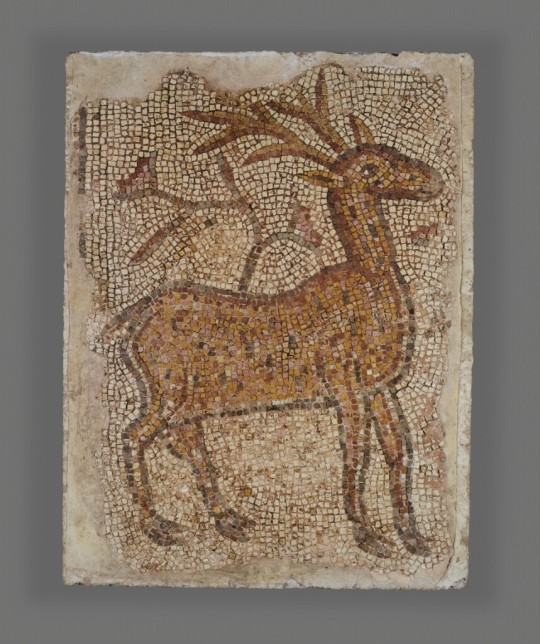
Mosaic Fragment with Stag (Roman, 5th-6th century).
Getty Museum Collection.
95 notes
·
View notes
Text

A Muse by Rosalba Carriera. Italian, mid-1720s. Pastel on laid blue paper. In the collection of the J. Paul Getty Museum.
#Oh look it's my icon#I had this as my icon years ago#and decided to switch it back because I wanted some color again#muse#Rosalba Carriera#woman artist#female artist#art#pastel#Getty Museum#Italian#works on paper#Venetian#rococo
271 notes
·
View notes
Text

Edward H. Weston (1886 - 1958) ~ Attic [Betty Katz (?)], 1921. Palladium print. Thomas Walther Collection | src MoMA
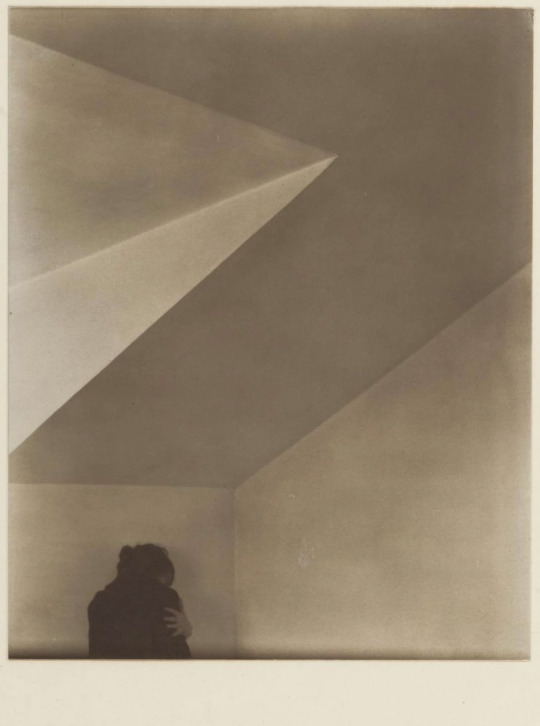
Edward Weston (1886 - 1958) ~ The Ascent of Attic Angles, 1921. Platinum print | src Sotheby's; also, NMAH Smithsonian institution

Edward H. Weston (1886 - 1958) ~ Betty Katz in Her Attic, Los Angeles, 1920 | src Getty museum
Katz is shown tucked into a network of large intersecting planes made up of the attic's floor, walls, and dormers and articulated in varying shades by light entering from an unseen window to the right.
view & read more on wordPress
130 notes
·
View notes
Text

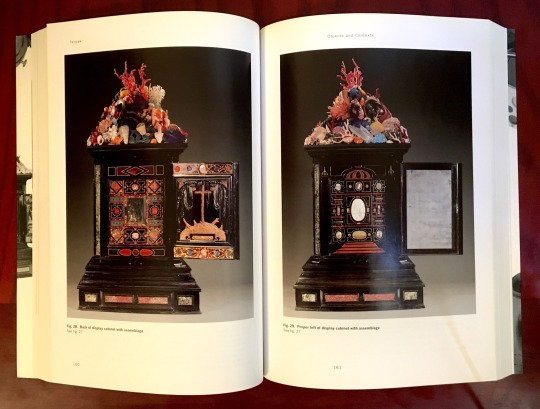
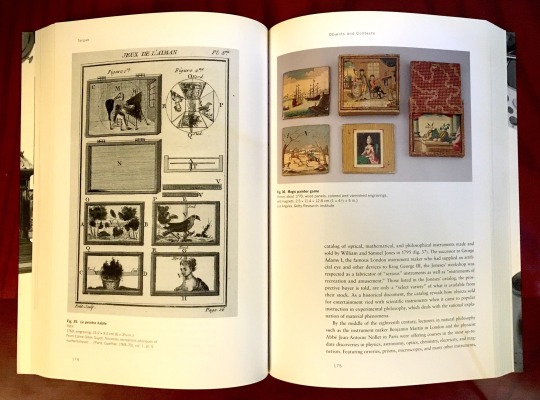
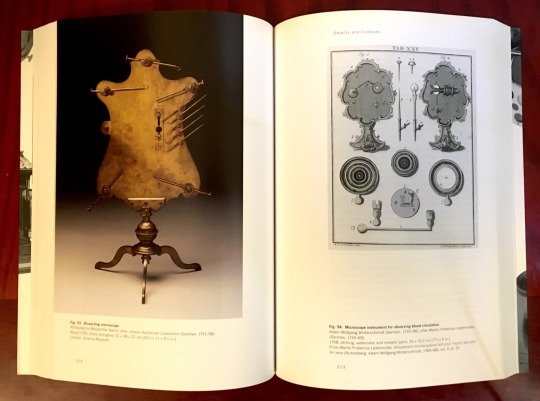
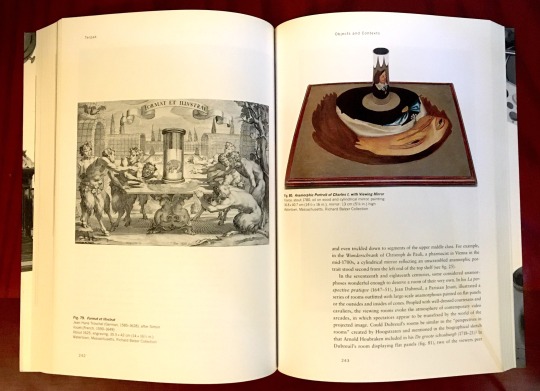
Book 188
Devices of Wonder: From the World in a Box to Images on a Screen
Barbara Maria Stafford and Frances Terpak
Getty Publications 2001
One of the things I have learned in my time in book selling and publishing is that sometimes a book is not the ideal medium for a subject. This book accompanied an exhibit at the Getty Museum in 2001, and, frankly, I think it was probably a better exhibit than it is a book. It’s a bit unusual. Devoted to devices that augment perception (peep shows, digital projections, early automata, spectacles, microscopes, camera obscuras, etc) and lavishly illustrated, it’s an interesting look at the objects we have invented to change what we see.
#bookshelf#illustrated book#library#collection#personal library#personal collection#books#book lover#bibliophile#booklr#devices of wonder#Barbara Maria stafford#Frances terpak#Getty publications#j paul getty museum#exhibition catalog#design#technology
1 note
·
View note